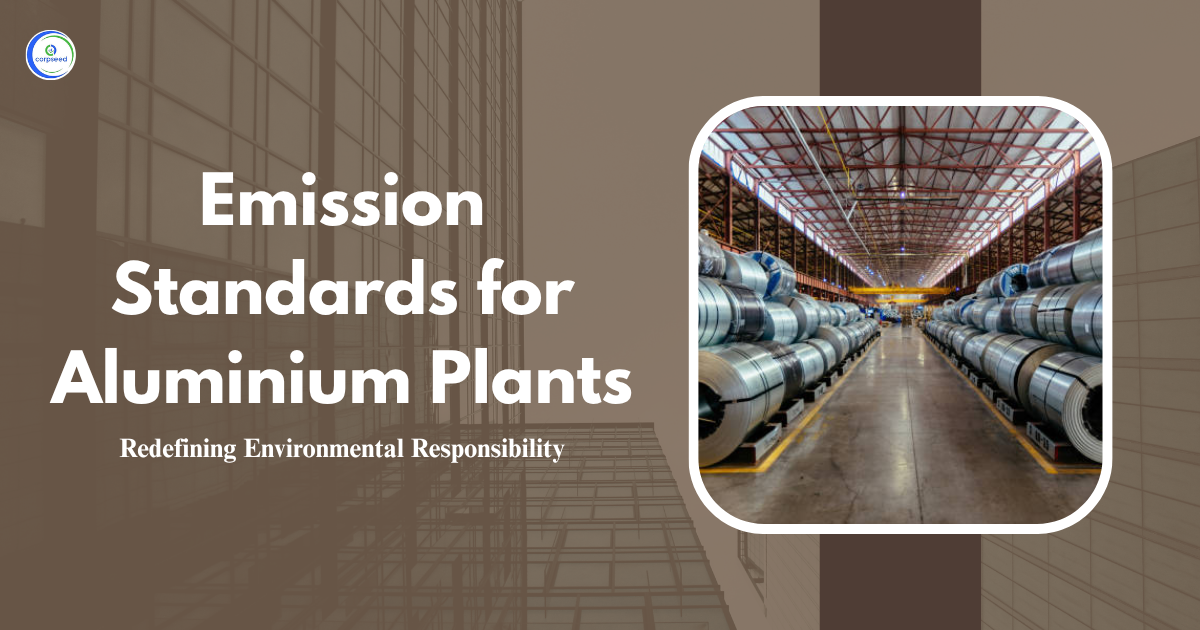The standards for emission or discharge of environmental pollutants for large pulp and paper industries are important to control pollution produced by one of the most resource-containing sectors. These regulations wish to limit harmful gases and emissions in the environment, thereby ensuring sustainable industrial operations. By implementing strict guidelines, regulatory agencies like CPCB (Central Pollution Control Board) and SPCB (State Pollution Control Board) help maintain cleaner air and water, guarding both human health and environment from the adverse impact of pulp and paper manufacturing.
Table of Contents
- What is Large Pulp and Paper Industry and Its Environmental Pollutants?
- Environmental Impact of Large Pulp and Paper Industries
- Key Pollutants from Large Pulp and Paper Industries
- Benefits of Emission Standards for Large Pulp and Paper Industries
- Effluent Standards for Large Pulp and Paper Industry
- Monitoring and Reporting
- Conclusion
What is Large Pulp and Paper Industry and Its Environmental Pollutants?
The large pulp and paper industry, are factories that process scrap wood and recycled paper materials to make several paper products on a large scale. This sector includes chemical- intensive techniques such as pulping, bleaching and drying, which produce significant environmental pollution. Key environmental pollutants include:
- Air pollutants: Sulfur dioxide, nitrogen oxides, particulate matter, and volatile organic compounds.
- Water pollutants: High Biological Oxygen Demand (BOD), Chemical Oxygen Demand (COD), suspended solids, chlorinated compounds, and toxic substances from bleaching agents.
These contaminants mainly originates from processes such as chemical pulping and wastewater discharges, which impacts local air quality and water reserves.
Environmental Impact of Large Pulp and Paper Industries
The environmental impact of large pulp and paper industries is significant, causing harm to air, water, and soil quality. Below are some ways pollution affects the environment and public health:
- Air Pollution: Discharges sulfur compounds and particulate matter leading to respiratory problems and acid rain.
- Water Contamination: Emissions with high BOD and COD deplete oxygen levels in water, harming aquatic life.
- Soil Degradation: Disposal of solid waste and sludge can pollute soil, reducing fertility.
- Toxic Exposure: Chlorinated compounds from bleaching processes cause bioaccumulation of toxins.
- Odour Nuisance: Sulphurous emissions generate unpleasant smells, impacting neighbouring communities.
--------------Blog Contact Form-------------
Key Pollutants from Large Pulp and Paper Industries
Understanding the main pollutants helps in implementing effective emission standards:
- Sulfur Dioxide (SO2): Released from chemical pulping, contributing to acid rain.
- Nitrogen Oxides (NOx): Produced during combustion, causing smog and respiratory issues.
- Particulate Matter (PM): Suspended particles affect air quality and human lungs.
- Biological Oxygen Demand (BOD) and Chemical Oxygen Demand (COD): Indicators of organic pollutants in wastewater.
- Chlorinated Organic Compounds: Resulting from bleaching, toxic to aquatic organisms.
Benefits of Emission Standards for Large Pulp and Paper Industries
Implementing emission standards in the large pulp and paper industries provides multiple benefits to the environment, society and the industry itself. These standards promote sustainable industrial development and ensure cleaner production processes. Some of its major benefits include:
- Healthier Communities: Mitigating contaminants such as sulfur dioxide and particulate matter reduces respiratory diseases and other health problems among local populations.
- Cleaner Water Bodies: Restrictions on wastewater pollutants such as BOD, COD, and toxic chemicals help maintain water ecosystems and avoid waterborne diseases.
- Regulatory Compliance: Meeting emission standards helps industries prevent legal penalties and operational closures imposed by CPCB and SPCB authorities.
- Enhanced Resource Efficiency: Standards boost industries to adopt advanced technologies and waste management methods, minimizing raw material usage and lowering operational costs.
- Positive Industry Image: Adherence to environmental principles enhances company reputation, promotes consumer confidence, and attracts environmentally conscious investors.
Effluent Standards for Large Pulp and Paper Industry
Effluent standards regulate the quality and quantity of wastewater discharged by pulp and paper mills. These standards set allowable limits for parameters such as BOD, COD, suspended solids, pH, and toxic substances. Adherence to these limits help avoid water pollution and protects aquatic life. Both CPCB and SPCB monitor compliance to ensure industry compliance. For example:
- BOD: Usually limited to 30-100 mg/L depending on the region.
- COD: Permitted limit ranges between 250-600 mg/L.
- Suspended Solids: Should not exceed 100 mg/L.
- pH: Wastewater must be neutral, typically between 6.5 and 8.5.
Also Read: Standards for Emission or Discharge of Environmental Pollutants for Beehive Hard Coke Oven
Monitoring and Reporting
Regular monitoring and reporting of emissions and effluents are important to enforce pollution control standards. Large pulp and paper industries must mandatorily install continuous emission monitoring systems (CEMS) for air pollution and regularly test waste quality in qualified labs. The reports must be submitted to the CPCB and the SPCB, which examines the data and inspects it to confirm compliance. Transparent and correct reporting promotes immediate corrective action and build trust between industries and regulators.
Conclusion
The standards for emission or discharge of environmental pollutants for large pulp and paper industries are necessary to balance industrial development with environmental protection. By controlling harmful emissions and effluents, these standards mitigate pollution and help safeguard human health and natural ecosystems. The CPCB and SPCB play an important role in implementing these standards, ensuring that large pulp and paper units function responsibly and sustainably. Adherence with these guidelines is not only a legal requirement but also an important step towards cleaner industrial growth.
This portion of the site is for informational purposes only. The content is not legal advice. The statements and opinions are the expression of author, not corpseed, and have not been evaluated by corpseed for accuracy, completeness, or changes in the law.
BOOK A FREE CONSULTATION
Get help from an experienced legal adviser. Schedule your consultation at a time that works for you and it's absolutely FREE.
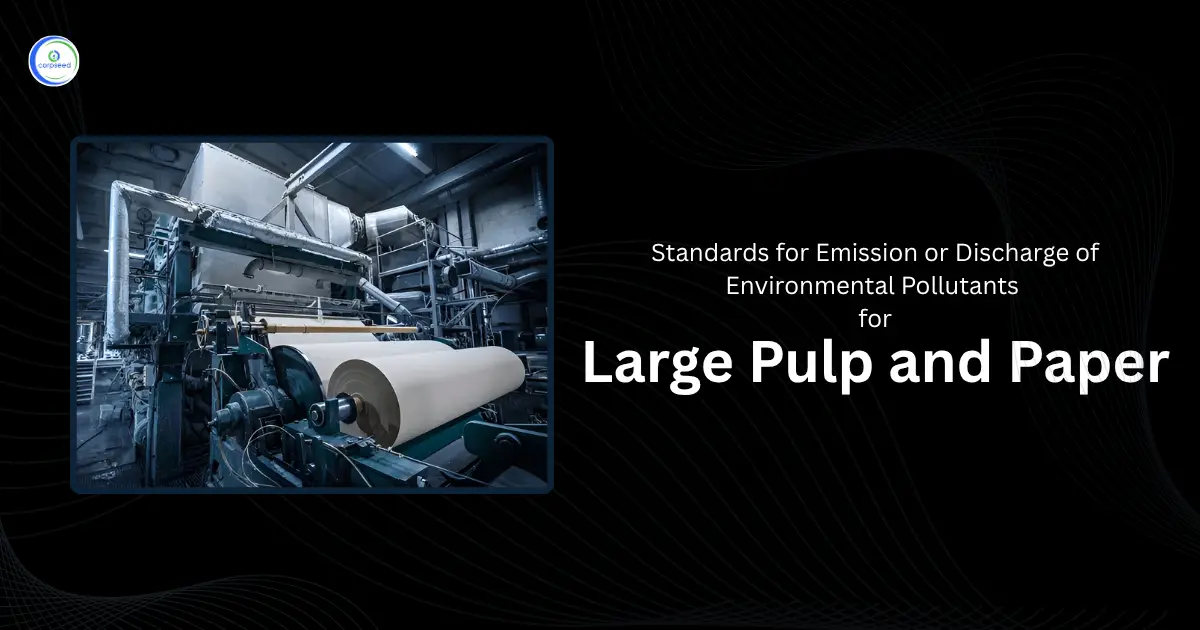


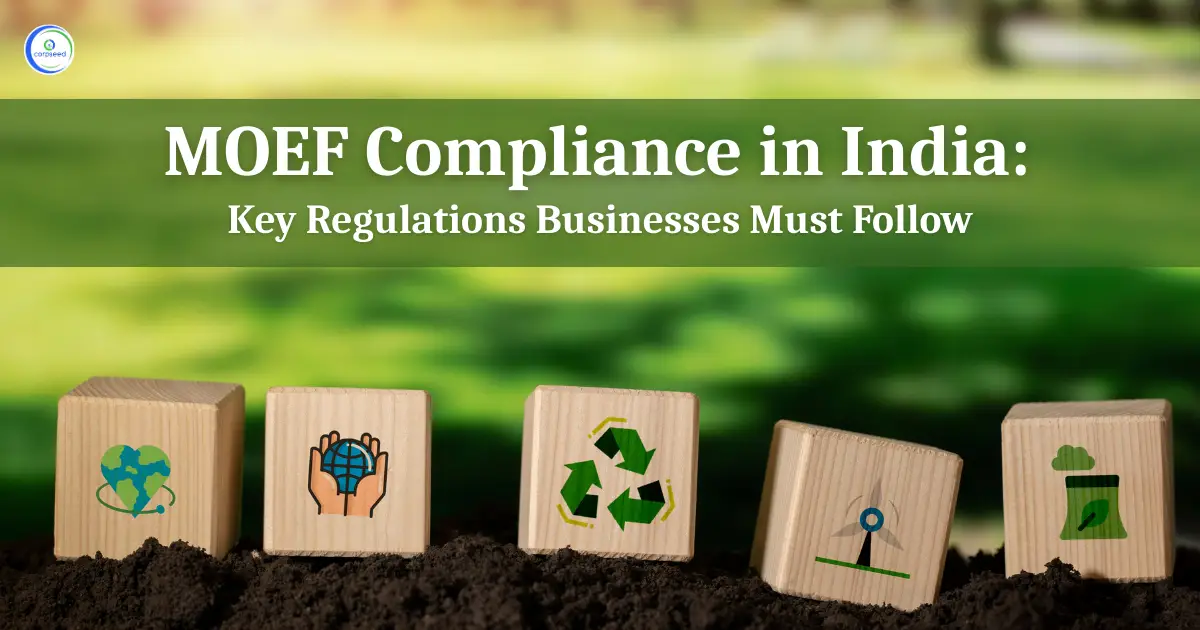
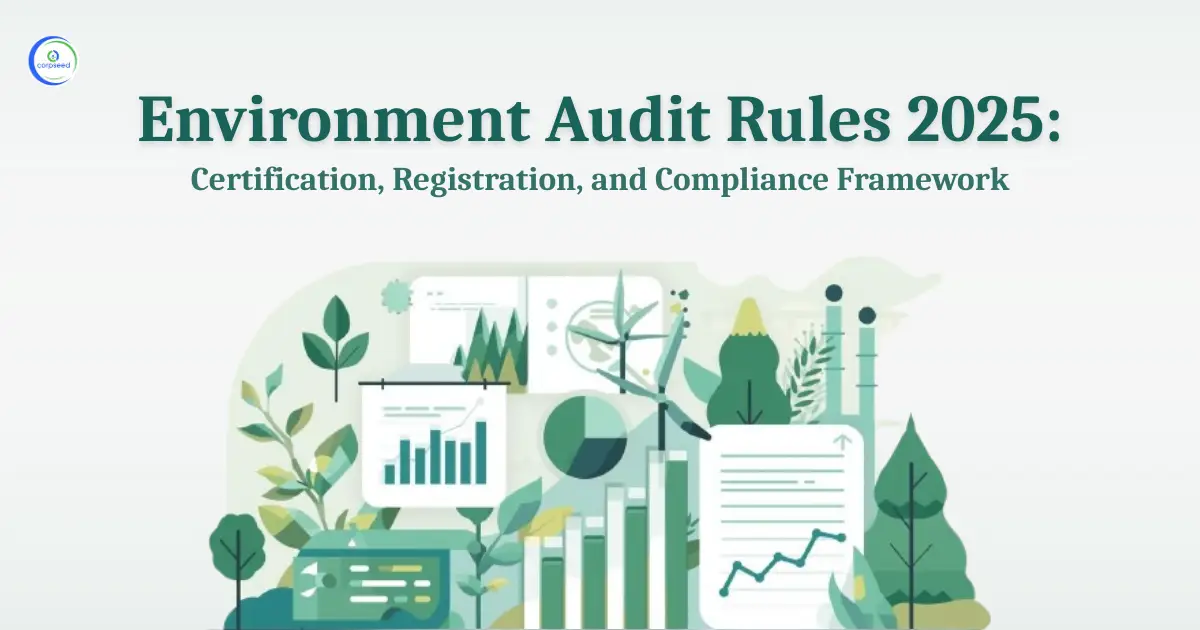
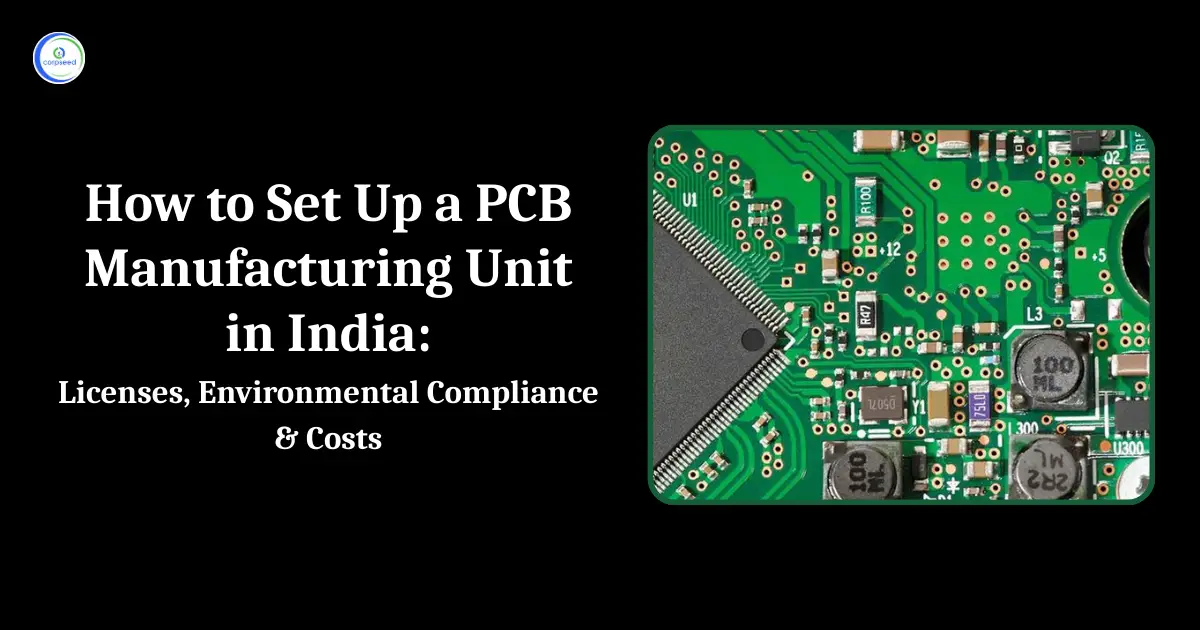
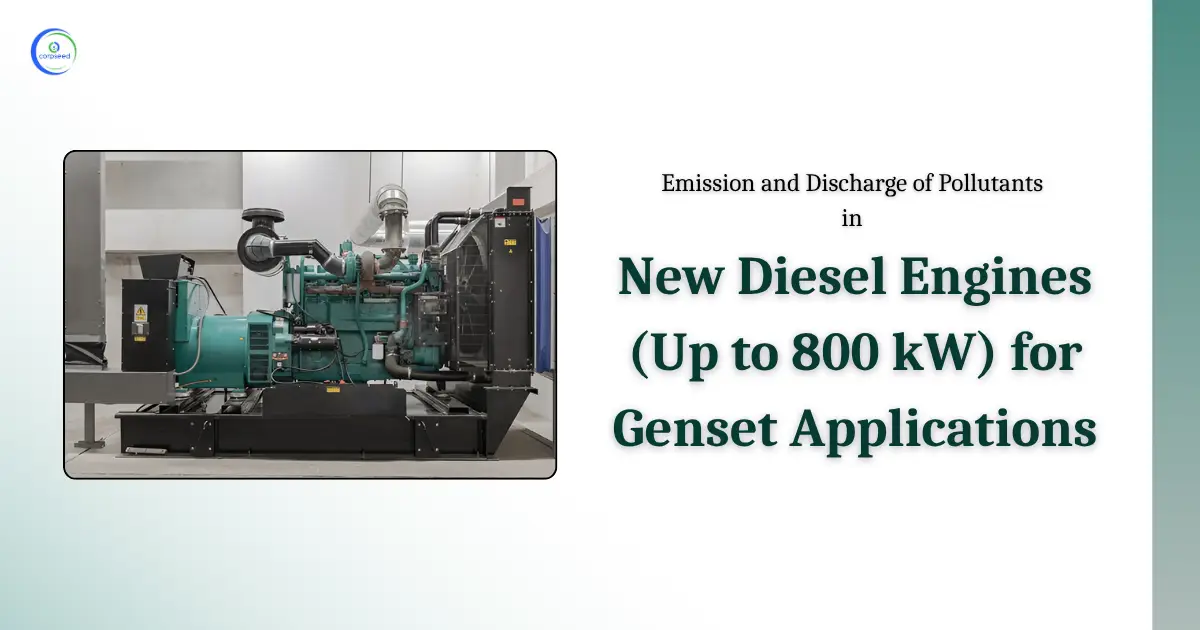
_Corpseed.webp)
.webp)
